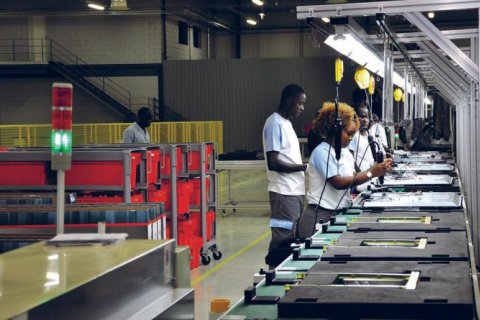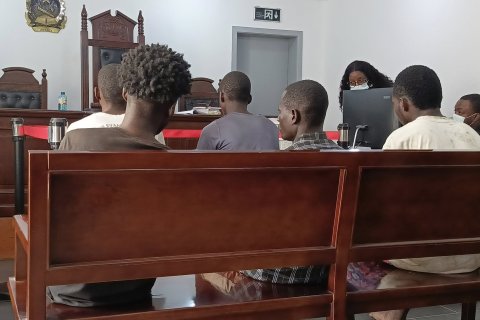"We are transforming logistics corridors into corridors of opportunity, and we're not talking about paper projects, we're talking about investments with figures, with on-the-ground projects, and with an impact on the lives of millions of citizens," the minister stated in his speech at the EurAfrican Forum, which took place Friday and Saturday in the outskirts of Lisbon.
The Lobito Corridor "will transform regional trade and position Angola as a strategic logistics platform for Southern Africa," the minister added, emphasizing that these expansion and extension works on the line connecting the port of Lobito to the border with the Democratic Republic of the Congo will, together with other major projects, transform the country and the region.
"The rehabilitation and expansion of the Port of Namibe is another essential axis of connectivity that will efficiently and safely connect the country's agricultural and mining interior to the global economy," said the minister, also highlighting that "the new António Agostinho Neto International Airport will position itself as a regional aviation hub for Europe, Latin America, and Asia," and the Caio deepwater terminal in Cabinda will be connected by rail to the two neighboring countries.
Stressing that these projects "are not limited to the physical dimension of the works," but are "instruments of territorial cohesion," the minister emphasized that he will soon launch international public tenders for the concession of the northern and southern corridors, two strategic logistical axes that will strengthen integration with neighboring markets and enable the efficient flow of agricultural and mining production from Angola's interior.
According to Ricardo Viegas d'Abreu, the northern corridor will have its epicenter in the port of Luanda and a rail connection to Malanje, aiming to "leverage the center-north economic axis," while the southern corridor, based in the port of Namibe, "will consolidate the southern region's role as an export platform and connection to the interior and neighboring countries."
In presenting the initiatives to an audience composed mostly of businesspeople and investors, the minister also highlighted the Caio deepwater terminal in Cabinda province, "a strategically valuable infrastructure that will open new maritime access to the northern region, reinforcing Cabinda's industrial logistics role and concretely promoting territorial cohesion and regional integration."
The Lobito Corridor is a 1,300-kilometer railway infrastructure that crosses Angola, connecting the coastal port of Lobito to the border with the Democratic Republic of the Congo. It transports critical mineral production from the Copperbelt (DRC) and Kolwezi (Zambia) regions.
The operation is operated by Lobito Atlantic Railway (a consortium comprising the Portuguese company Mota-Egil, the Swiss company Trafigura, and the Belgian company Vecturis), and is expected to involve an investment of nearly US$1 billion, partially financed by the Development Finance Corporation (DFC) and the Development Bank of Southern Africa.
The Corridor is also part of the European Global Gateway initiative, with the European bloc announcing a €600 million package through the Partnership for Global Infrastructure and Investment (PGII), developed within the framework of the G7.







